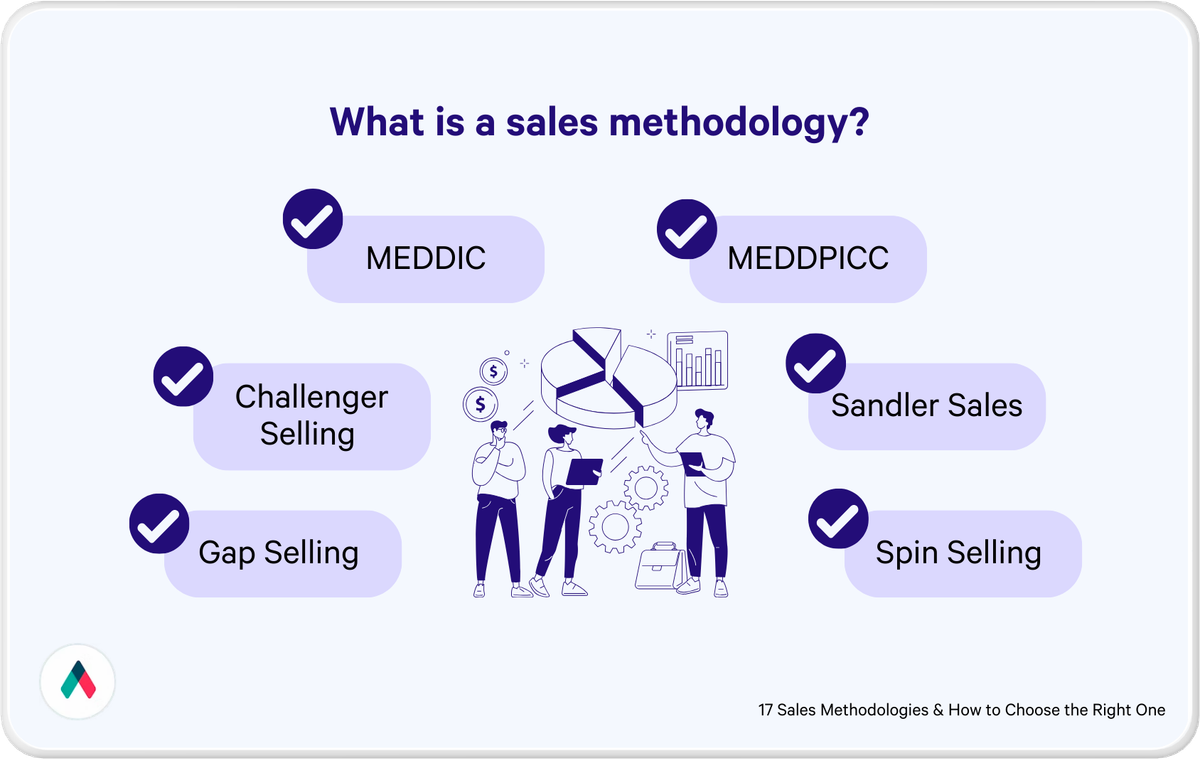The holiday season signals another annual event that is specially reserved for sales folk - the stress of “year-end”. We’ve all been there. You’ve got 3.5x pipe and are quietly confident that you’re going to smash your quota. One or two deals have slipped but like any seller worth their proverbial salt you’ve got enough upside in your back pocket to keep you on track for President’s Club.
But then…..deals start to die. Slowly. Sales that seemed to be a sure thing start to stall and prospects mysteriously stop returning your calls and emails. All of a sudden you’re forecast to hit 70% of target and that's only if your upside commits.
It's a familiar scenario, and unfortunately with this year’s economic factors in play, is one that more of us are likely to experience in the last quarter of 2022, and into 2023.
Sure, there are deals that slip regardless of the economy. Some are (infuriatingly) lost to competitors and others have their budgets pulled, or pushed to future quarters, but those slips are why efficient sales teams build 3.5x pipe.
Outside of that, generally, deals die due to one of three reasons:
- Poor product fit
- Customer indecision
- Ineffective sales experience
Let’s break each one down.
1. Poor product fit
If your product doesn’t solve your prospects' problem or doesn’t do what they need it to do within their existing environment, there is a high probability the deal is a dud and you shouldn’t waste your time, or do your prospect an injustice, by trying to convince them otherwise. Be honest, share the feedback with your product team and move on. (In fairness, this one should only cause deals to die in the very early stages. But if these challenges haven’t emerged during your discovery efforts, you’re not trying hard enough to qualify deals from the get-go.)
2. Customer indecision
The JOLT Effect, based on research by Matt Dixon and Ted McKenna, found that 40-60% of the average salesperson's total opportunity set is actually lost due to no decision. But what causes that indecision?
It may be that your customer isn’t sure what they want, or what they want doesn’t actually exist. But in most cases customer indecision can be attributed to one, or a combination of, the following factors:
- They’re not convinced that ROI will be delivered
- Pricing
- They’re scared of making the wrong decision
This is where the buyer-seller gap starts to open. Sellers have done their pitch, shared all the relevant information, followed the sales process and are left waiting (not-so-patiently) for the deal. But the buyer lacks confidence, so they retreat, leaving the salesperson bewildered. It’s not that the sales process is necessarily wrong, but the seller has forgotten that, as people, their buyers are nuanced. Following a one-size fits all cookie-cutter approach, that teams may have previously relied on, won’t necessarily instil the level of trust that the buyer needs, to overcome any fear or indecision in today’s virtual sales era. As for pricing, yes, budget can be an issue that you might not be able to resolve. But a lack of transparency around pricing when communicating with buyers is a sure way to send them underground.
The reality is that buyer behavior and expectations have changed. A recent report by Salesforce found that 75% of business buyers say sales conversations are more asynchronous than they used to be (and they like it that way), and 88% say the experience a company provides is as important as its product or services. Buyers are also spending less time with sellers (just 17% according to this Gartner report) having dedicated their time to independent research and discussions with the buying committee before they shortlist their prospective sellers. They know what they want, and they’re growing accustomed to B2C buyer experiences and expect the same standard they would get when purchasing a new iPhone, for example. Easy, simple, fast.
The role of sales has also changed in the virtual era. Time spent with buyers is precious, so sales teams must figure out how to maximize the value of that time and ensure their buyers are enabled with the exact information they need to be confident in their decision and proceed to buy. That means taking a consultative approach to guide and enable buyers through the purchasing journey, demonstrating value to close the widening buyer-seller gap. This leads us to the crux of the problem.
3. Inefficient sales experience
Times have changed. The ‘old way’ of selling doesn’t transfer directly to Zoom and there is less time to impress and influence prospects, and their disparate buying committee. Despite a shift in buyer behavior, most sellers are still relying on how they used to sell. The standard approach of holding multiple meetings, with multiple stakeholders, followed by multiple emails with multiple attachments (with multiple versions!) bamboozles the buyer and fuels indecision by making the whole process seem unnecessarily hard.
48% of buyers won’t buy from sellers who proffer misleading information.
LI State of Sales Report 2021
You could argue that customer indecision is a result of an inefficient sales experience because prospects aren’t being enabled by an approach that is designed to eliminate doubt and propel them into action.
Yes, sales teams need a sales process, but a modern approach considers the buyers' unique needs and puts them at the center of a personalized sales experience - ensuring they can make an informed decision (relevant to their business) and advocate that decision internally on your behalf, with confidence. And ideally, it also enables them to take immediate action with a seamless buying experience.
So how can sellers do that? Firstly, by demonstrating their value beyond standard product feature/benefit or solution selling, through a memorable, consultative sales experience that meets buyer needs and expectations, and builds trust. Secondly, by utilizing a tool like Qwilr, which makes it easy to create differentiated, compelling sales material at speed that responds to the needs of each unique customer by combining content, interactive pricing, ROI calculators and more, in a single mobile-friendly webpage, that can be easily shared and updated in real-time. While the buyer shares their personalized proposal with the rest of the buyer committee, you can track their behavior through analytics and identify the optimal time to re-engage. When your prospect is ready to buy, they can do so quickly with eSign and digital payment functionality. By adopting this approach, Qwilr customers have reported a 2x increase in win rates, a reduction in sales cycles by 20% and an uplift in sales productivity when their teams aren’t wasting time building proposals from scratch.
When buyers are armed with the right information that demonstrates ROI, is transparent about pricing, and is highly relevant to their business, customer indecision can be avoided. Remember that your buyers have invested time and research to define their specific needs and purchasing criteria, long before they reach out to prospective sellers. If we are to close the buyer-seller gap, we must respond to those specific needs and build trust by putting the buyer at the very center of the sales experience.
Remember also, that the customer is the most important member of your sales team. As sellers we should want to enable them to be successful. That’s how you close the buyer-seller gap and win deals.
This blog was first published on SalesTechStar on 28th November, 2022
About the author

Mark Tanner|CEO & Co-founder
Mark Tanner is the Co-founder and CEO @ Qwilr.
Qwilr is the way to create your proposals (and other sales and marketing collateral) as beautiful, intelligent and interactive webpages. And because they're on the web we can give you incredible analytics about who is viewing your proposals, what they care about, and whether or not they're likely to buy.


